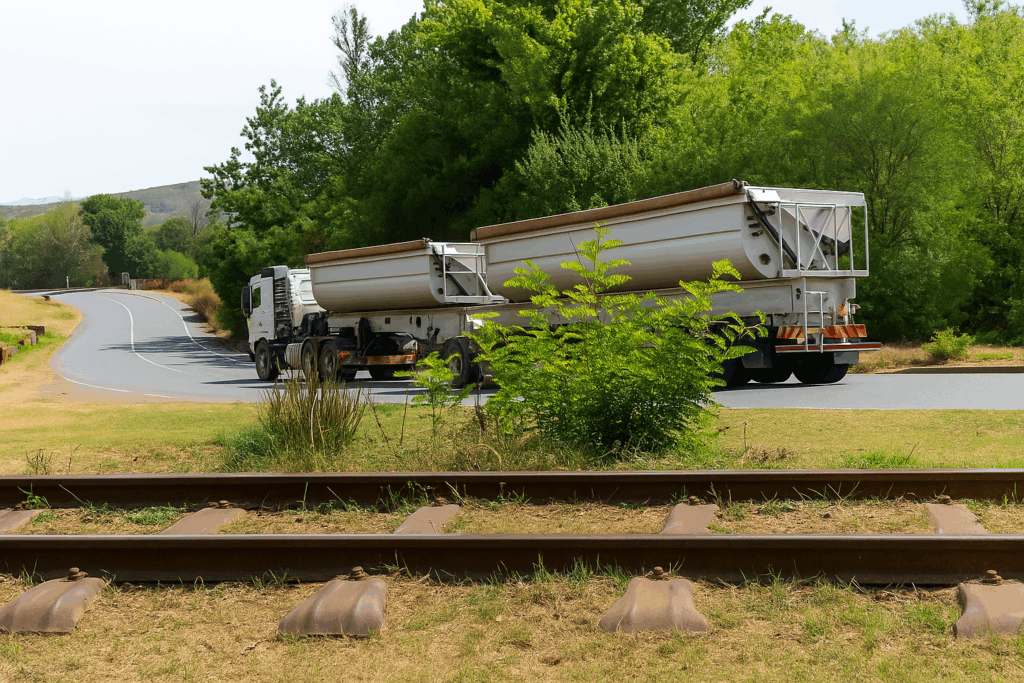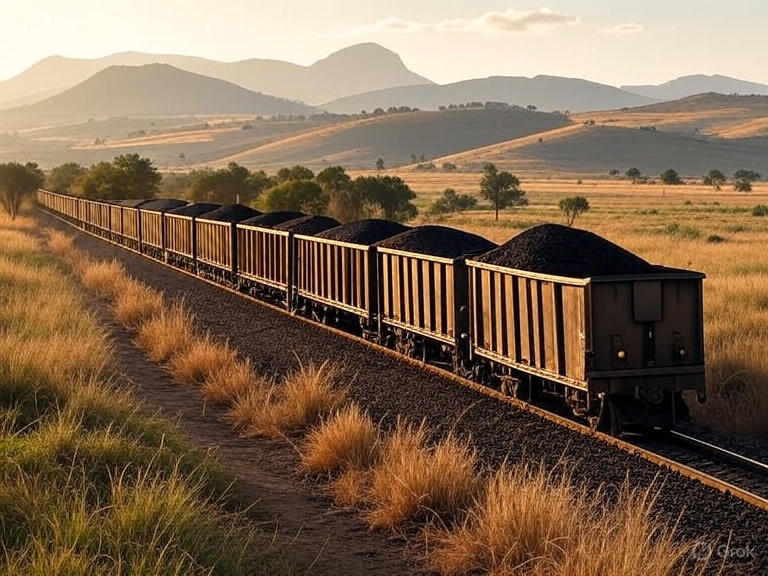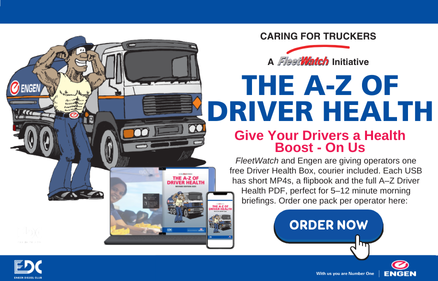It’s been a long time coming but at last the doors to South Africa’s freight rail network are opening to private freight-by-rail operators. Standing before the media in Pretoria on Friday 22 August, Minister of Transport Barbara Creecy called it “a significant step in our rail reform journey” as Transnet announced the outcome of its slot allocation process to new private Train Operating Companies (TOCs). Now, how will this impact SA’s trucking industry? FleetWatch correspondent Paul Collings reports.
“This makes open access to freight rail a reality in our country. It will contribute to a more efficient, reliable and sustainable rail system that can promote inclusive growth and ensure job retention and job creation,” Creecy said.
For trucking, that statement is worth a pause. A more functional rail system is not the death knell for road freight. Rather, it has the potential to ease the chronic congestion on our highways, reduce wear and tear on long-haul fleets and open space for road freight operators to improve service levels where rail cannot compete.
Corridors and commodities
The detail is hard to ignore. Of the 25 companies that applied, 11 made the cut, with allocations across six key corridors. Creecy outlined them with precision: “North Corridor: six new entrants, 15 routes for transportation of coal and chrome… Container Corridor: four new entrants, five routes for transportation of containers, coal, sugar.”
The variety signals more than just iron ore and manganese trains. Containers and fuel feature too – loads traditionally fought over by rail and road.
TRIM, the newly defined Transnet Rail Infrastructure Manager, estimates the new entrants will move an additional 20 million tonnes of freight per year from 2026/27. That plugs directly into government’s lofty goal of hitting 250 million tons per annum on rail by 2029.
“The Rail Policy encourages rolling stock investment by the operating companies and the establishment of the rolling stock leasing companies by both state-owned companies and private entities. This could be a key intervention for revitalising rolling stock and unlock as much as R100 billion in new investments,” Creecy said.
Impact on trucking
For truckers, the environmental subtext is equally relevant. Creecy stated: “The benefits of third-party access include improving utilisation of the network and thus increasing rail efficiency… reducing the external costs of freight logistics and improving the competitiveness of rail as a more environmentally friendly mode of transport.”
Less carbon, less congestion and fewer 56-ton rigs pounding the tar may sound ominous for some in road freight – but let’s remember the flip side. Every supply chain still needs road legs for routes not covered by rail. And rail, if it works properly, can cart the really heavy loads on long hauls, effectively complementing the road freight sector.
Fair competition
The minister stressed fairness in the process: “The evaluation process has been rigorous and was conducted in full compliance with the standards of fairness and transparency.”
Conditional awards now commence, with private operators needing to secure Railway Safety Regulator permits, rolling stock readiness and port offloading capacity. Slot durations vary from one to 10 years, meaning this is not a once-off experiment but a phased embedding of competition into a system long stifled by monopoly.
The RFA’s position
Kevin van der Merwe, Acting CEO of the Road Freight Association, states that the two modes need not be seen as adversaries. “Whether rail is working properly or not, there will always be the need for road freight. First mile, last mile, certain commodities, speed of service, security and flexibility – these are the domains where road freight excels and cannot be replaced by rail.”
He emphasised that road has carried the economy through rail’s collapse: “Road Freight will continue to ensure that the needs of the economy are met and where rail services are available and efficient, both modes can – and will – complement each other to provide a freight logistics solution for the country.”
Importantly, van der Merwe stressed that the RFA is not anti-rail: “The RFA approves of this move and supports government in getting rail back on track. It is vital that rail is restored to take the pressure off our roads and we are committed to working with rail operators to achieve a balanced, efficient freight system.”
He underscored the collaboration angle: “This should not be about road or rail. It must be about road and rail. Together we can build a freight logistics network that drives economic growth, reduces costs and ensures sustainability.”
He did however, caution against overt optimism: “The danger is that road freight will once again have to carry the load when rail fails, with the resultant costs, congestion and challenges.”
Editor’s comment: FleetWatch has watched these promises pile up for decades. On paper, this is a breakthrough. Creecy’s line that “today’s announcement is not just about the allocation of rail slots – it is a step toward a future where our railways drive economic growth, job creation and sustainability” is stirring.
But let’s be clear: road freight has carried this economy while rail collapsed. Trucking kept the lights on, commodities moving, the ports supplied. Rail reform is welcome, necessary and overdue. If it delivers, it can free trucks from the drudgery of bulk haul and let the road freight sector specialise, innovate and lift safety standards. But we’ll believe it when we see the trains run, the slots honoured and the freight actually shifted. Until then, truckers – keep your engines warm.
Click on photographs to enlarge







